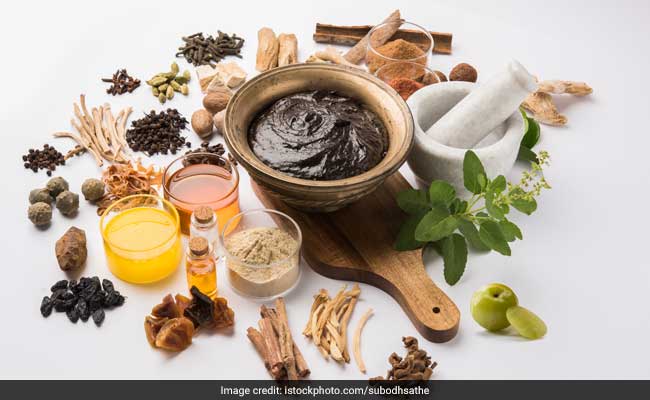By Dr. Deepa Apté
October 27, 2010
Ayurveda describes a group of diseases called Prameha which when translated into English means "Obstinate Urinary Disease". This group comprises of all conditions related to urinary system like excess urination, Diabetes etc.
There are 20 forms of Prameha diseases. Prameha can be further categorised into three groups based on the Dosha dominance:
Kapha Prameha: 10 forms
Pitta Prameha: 6 forms
Vata Prameha: 4 forms
Diabetes is predominantly a Kapha disorder where by the Agni function is diminished. This leads to low metabolic rate in the body and build up of sugar levels in the blood.
The term given for the Diabetes Mellitus in Sanskrit is - Madhumeha (Madhu: sweet; meha: to flow or urination)
Diabetes Insipidus falls under the category of Kapha Prameha where as Diabetes Mellitus falls under the category of Vata Prameha. Therefore it is believed that although Diabetes is dominantly a Kapha disorder it is also influenced by the activity of Vata (and to some extent Pitta) in the body.
Ayurveda has very classically presented the causes of Diabetes in the following manner:
- Inactivity
- Excessive sleep
- Excessive use of yoghurt
- Meat soup of the domestic, aquatic and marshy animals
- Sweet food articles
- All other Kapha-promoting regimens
Ayurvedically, Diabetes can occur through two modes of pathogenesis:
- Avarana: Blockage of paths or channels in the body
- Dhatukshaya: depletion of Dhatus or tissues in the body
Blockage of paths: Increased Kapha Dosha or other tissues like fat or muscle cause the blockage of the channel. This can lead to maturity onset diabetes.
Dhatukshaya, where the tissues are depleted, can be categorized as juvenile diabetes.
"Ojas" is the essence of digestion and hence essence of life (it is also termed as an extract of all the Dhatus (body tissue), which gives strength (Bala) to the body mind and soul. Ojas helps to determine the physical, mental, sensory and all other functions. In diabetes mellitus this essence of life is lost from the body through excretion in the urine (hence Diabetes Mellitus is also called Ojomeha (Ojo: Ojas; meha: to flow or urination).
Symptoms:
Ayurveda talks about three main symptoms (Rupas) for Diabetes. They are:
- Polyuria
- Sweetness in urine
- Sweetness in the body
Other signs and symptoms of diabetes can be polydypsia (excess thirst), diarrhea, fever, burning sensation, general debility, indigestion, necrosis, carbuncles, inflammatory lesions, wasting of muscles, excess sleep, and sluggishness.
Diabetes tends to affect all the Dhatus (tissues in the body):
Rasa (plasma): hyperglycaemia
Rakta (blood): deteriorated quality of the blood cells with increased viscosity and therefore become fragile.
Mamsa (muscles): muscle wasting, necrosis
Medhas (fat): hypertrophy of adipose tissue
Asthi (bone): de-mineralization of bone tissue, reduced density
Majja (nervous tissue): degeneration of brain tissue
Shukra (reproductive tissue): loss of libido, transmission to next generation
Sira (arteries): atherosclerosis
Tvak (skin): necrosis, ulcers, carbuncles
Snayu (nerves): neuropathies
Treatment protocol:
Stimulating the digestive fire (Agni) is very important.
Juvenile Diabetes Mellitus:
People suffering from the juvenile form have to take insulin. But even with insulin administration, a person may be weak all the time and infection prone. The best approach for such cases is a combined treatment of insulin and Ayurvedic remedies (especially to prevent complications). Herbs widely used in such cases are Bhumiamalaki, Guduchi, along with a restricted diet which comprises of bitter and astringent foods.
If Dhatukshaya (depletion of Dhatus or tissues) is observed then limited amounts of nourishing foods are given.
If there is an autoimmune factor involved, Ama has to be treated first and then other lines of treatment are applied.










